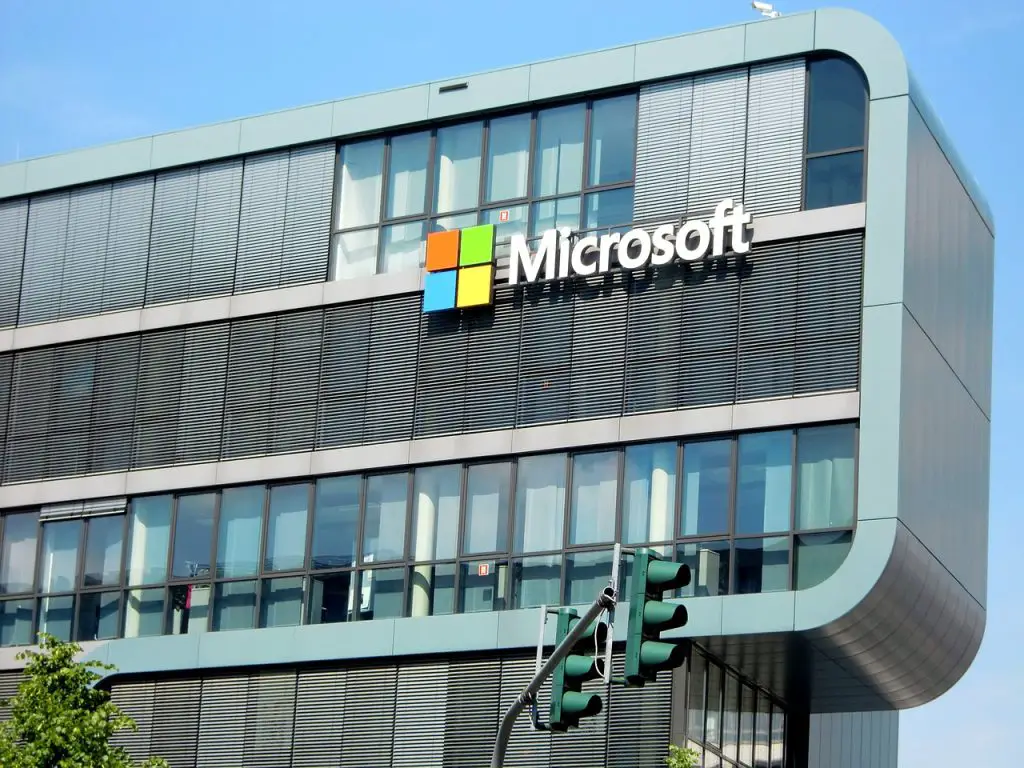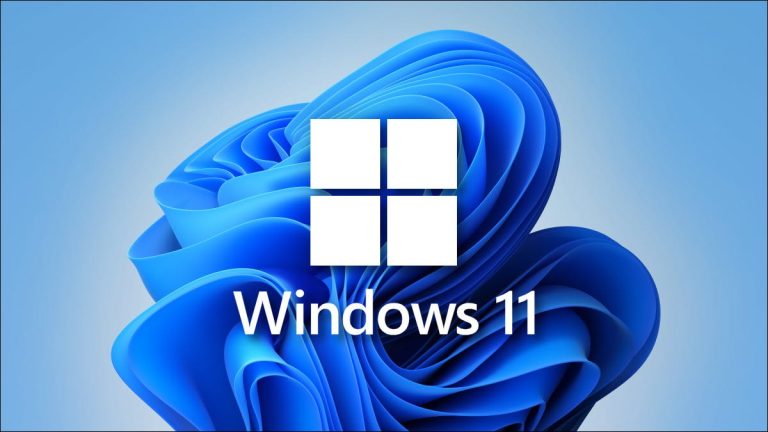
Microsoft has announced a revision of its previously stated plans to remove the driver synchronization feature from Windows Server Update Services (WSUS). Initially scheduled for deprecation on April 18, 2025, the change has now been postponed indefinitely in response to user feedback—particularly from those operating in isolated or highly restricted network environments.
In a recent message center update, Microsoft acknowledged that while many customers have embraced cloud-based driver update tools such as Microsoft Intune and Windows Autopatch, there remains a persistent need to support on-premises scenarios. This recognition played a central role in the company’s decision to temporarily retain driver synchronization functionality within WSUS.
Over the past year, Microsoft issued multiple advisories to IT administrators regarding the impending removal of this feature. The initial announcement came in June 2024, followed by a renewed advisory in January 2025 urging professionals to begin transitioning to modern cloud-based update infrastructures for client and server systems alike.
Another reminder was issued in February, and by September 2024, Microsoft had formally declared the end of active development for WSUS. Nevertheless, the company later committed to continuing the distribution of updates via this channel and to maintaining its existing capabilities.
In August, WSUS was added to the list of deprecated or no-longer-evolving features for Windows Server 2025. This move raised concerns among enterprises that still rely on WSUS for centralized update management within corporate environments—especially those operating in air-gapped or highly secured network segments.
WSUS, originally introduced as Software Update Services nearly two decades ago, has been a cornerstone tool for system administrators, offering centralized management of Microsoft product updates. Its value is particularly pronounced in environments with limited or no internet connectivity.
Alongside the phasing out of legacy technologies, Microsoft also announced in June 2024 the retirement of the outdated NTLM authentication protocol, encouraging developers to adopt Kerberos or Negotiation as part of a broader strategy to modernize security infrastructure and enhance the Windows ecosystem.
This temporary reversal regarding WSUS driver synchronization offers a reprieve for organizations needing additional time to adapt their infrastructure. However, Microsoft’s long-term trajectory remains unchanged—steering steadily toward cloud-native solutions and the gradual sunset of legacy on-premises services.


